November 10, 1898
-
1
Thursday, November 10, 8:15 AM

Postcard of the WLI Armory, Cape Fear Museum.
Alfred Moore Waddell walked down Fifth Street to the Wilmington Light Infantry Armory on Market. He was met by a crowd of about 500 men, some of whom had been on patrol all night and slept at the armory. Angry men began to march up Market towards the Daily Record office on Seventh. (WRRR, 123).
-
2
November 10, Thursday, 9:00 AM
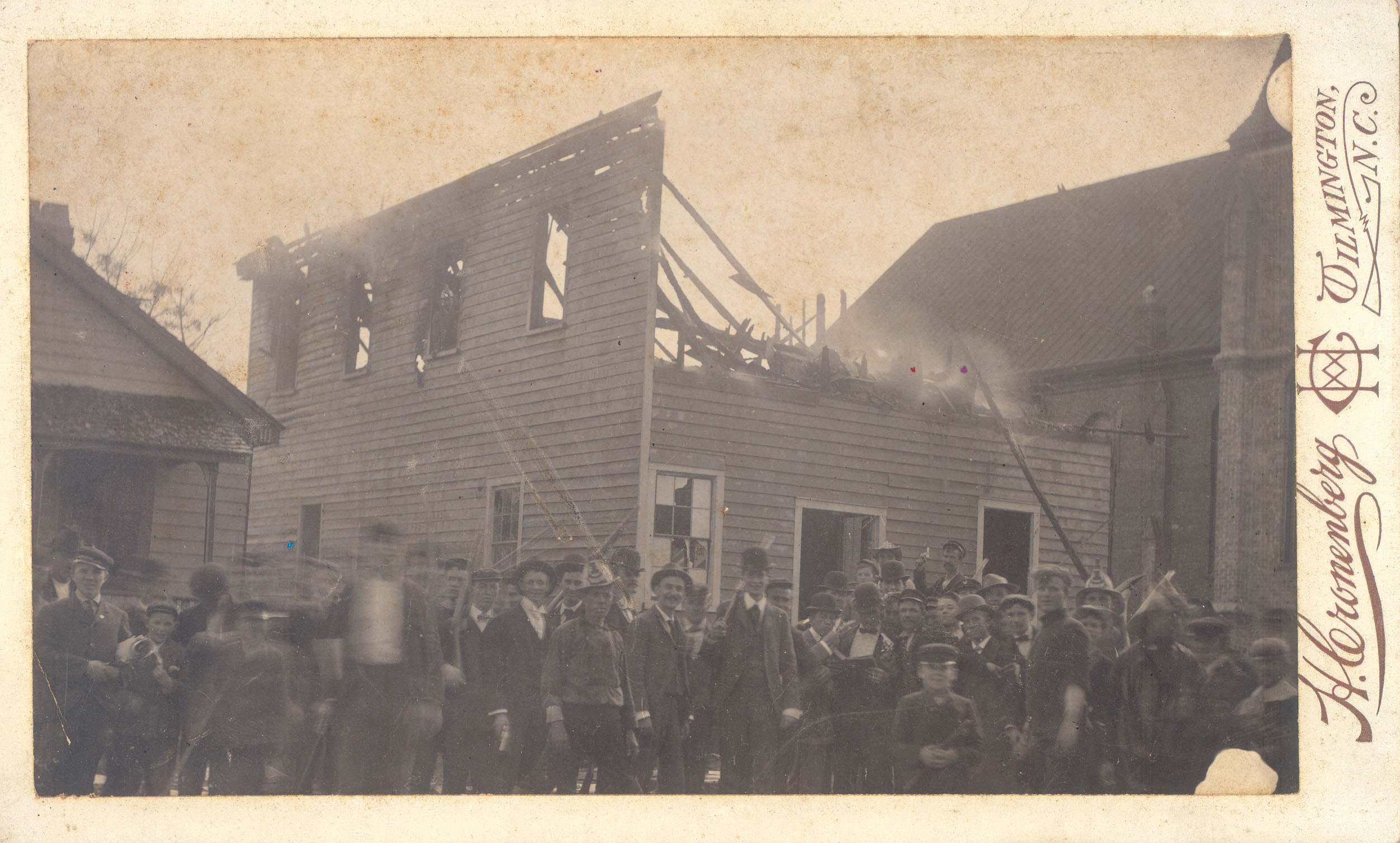
Love and Charity Hall, New Hanover County Public Library
The WLI would not lead the march to the press on Seventh St. Waddell assembled a march in columns of four for the length of two city blocks. Leaders of the march included: Mike Dowling of the Red Shirts, John D. Bellamy, and former Mayor Silas Fishblate. Then, the column marched east on Market then turned down Seventh Street. Some men joined the march along the way.
The procession arrived at Love and Charity Hall, the location of Manly's press. Men entered the building and proceeded to burn it. As the fire raged, an African-American fire crew responded to the alarm. Some white men began to move west towards Fourth and Harnett Streets. (WRRR, 126-127)
3D Reconstruction of Love and Charity Hall/Daily Record
-
3
African American Fire Company, Thursday, November 10, Late Morning to Early Afternoon
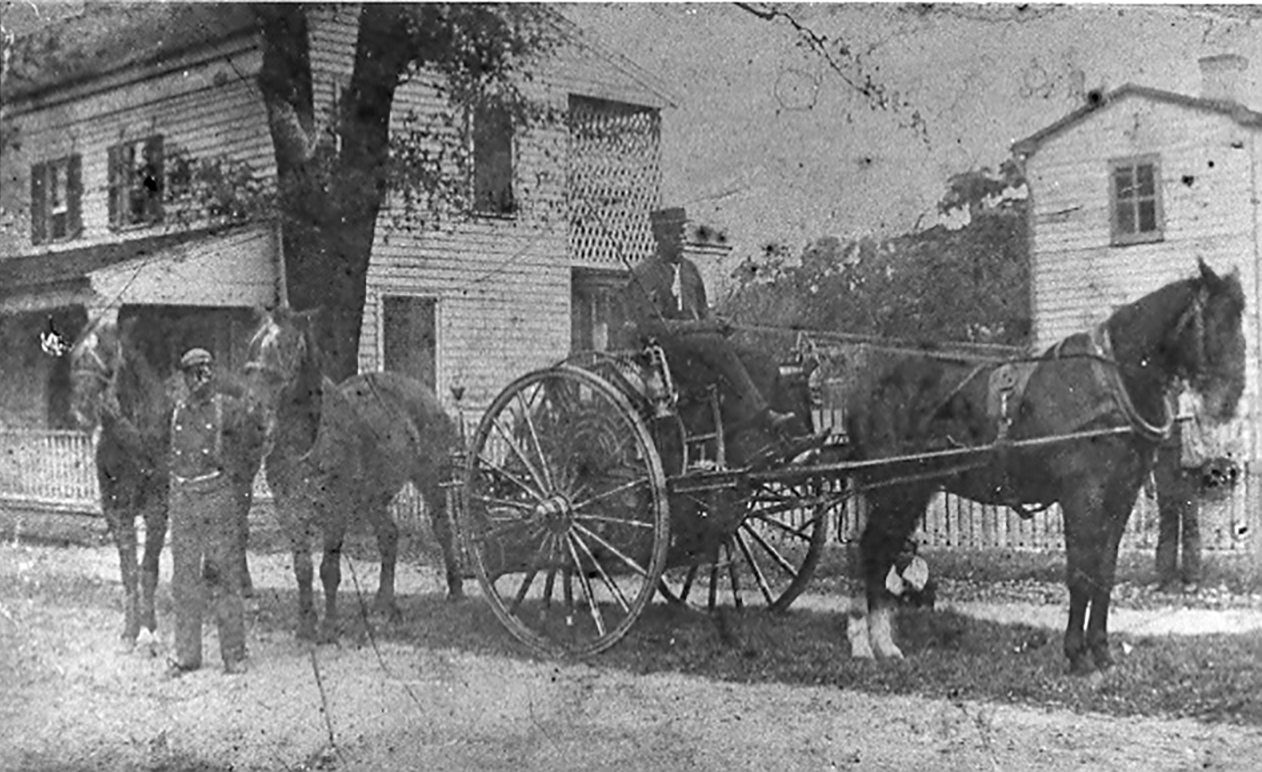
Hose-reel Cart and Horse of the African American Fire Company, New Hanover County Public Library
The mob held off the firefighters at Castle and Fifth St. until the building burned beyond repair. Then, the crew was allowed to douse the flames. At the sound of the fire bells, women and children fled from the African-American and mixed-race neighborhoods to Pine Forest cemetery and other outlying areas for safety.
African-American employees heard the bells as far away as the Sprunt Cotton Compress. (WRRR 127-129)
-
4
November 10, Thursday, Early Morning
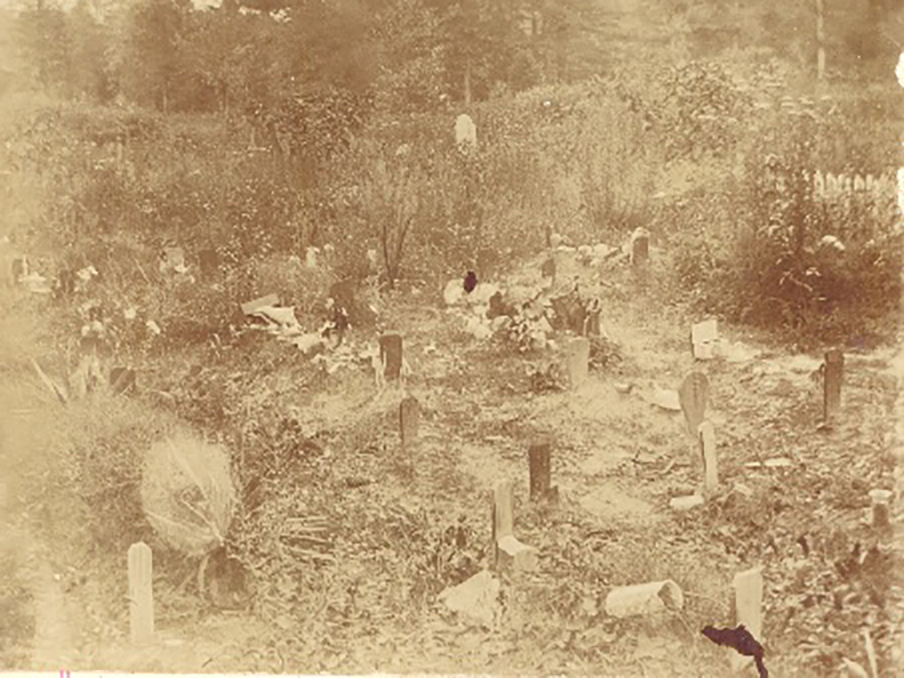
Pine Forest Cemetery, New Hanover County Public Library
The violence generated deep fear among women and children throughout the city. African-American women, children, and some men fled the city soon after Waddell and his men descended upon the press. Many escaped the shootings by hiding out north of the city. They suffered two cold, wet November nights. Some hid in the swamps. Others fled to nearby Oakdale cemetery, the white burial ground. Still, others found respite farther north where they felt safest, by the tombs of their deceased kin in Pine Forest Cemetery, the city's black burial ground. (WRRR 151-152)
Pine Forest Cemetery
-
5
Thursday, November 10, 11:30 AM
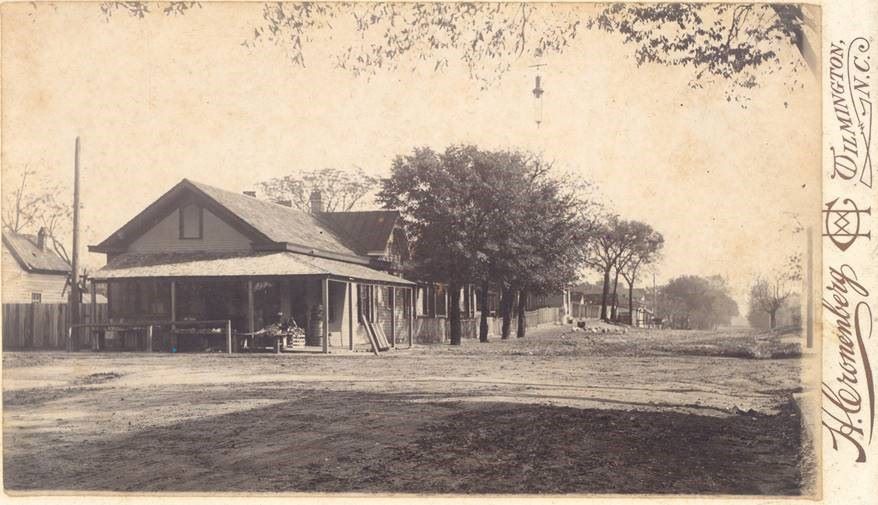
Fourth and Harnett , New Hanover County Public Library
Blood spilled first in Brooklyn, a mixed- race neighborhood on the edge of a predominantly black section of town. Waterfront workers en route home gathered near Bunje's Saloon at the southwest corner of Fourth and Harnett Streets. Armed whites approached the area on foot or from the streetcar. No one agrees on who fired the first shot, but afterward, whites fired into the crowd at the saloon. Several black men were injured. Three men died instantly. Other African Americans fled, allegedly firing at the whites as they ran. Newspapers reported that three men were injured at Fourth and Harnett and four men were killed. Someone sounded the "riot alarm," a call that alerted the WLI and the Naval Reserves. Walker Taylor, leader of the WLI, declared martial law and the militia proceeded into the Brooklyn neighborhoods. These men came heavily armed. They carried Lee magazine riffles and a Hotchkill rapid fire gun. The WLI included a machine gun squad. Their commander gave them instructions "to shoot to kill." Another five or six black men died and a white man was seriously injured. Violence broke again just east of Fourth and Harnett, at the home of Daniel Wright. (WRRR 133-142).
-
6
November 10, Thursday Late Morning to Early Afternoon
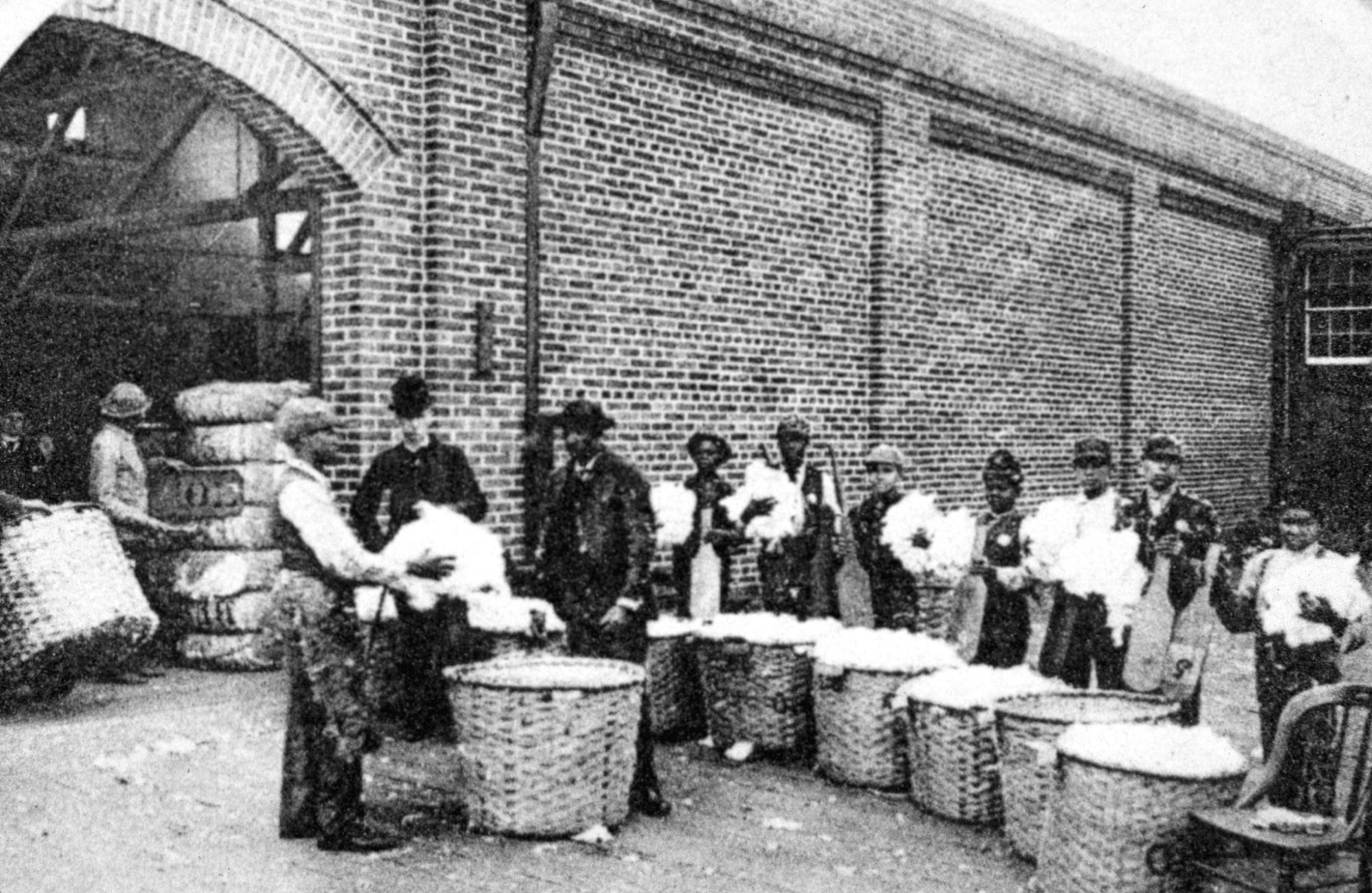
Sprunt Compress Employees, New Hanover County Public Library
The fire bell alarmed black workers as far away as Front Street at the Sprunt Cotton Compress. Several hundred bewildered workers stopped work and gathered ourside. According to one news account, the men informed Sprunt that they were "hard working...and that the whites ought not to stir them up and terrorize then." Sprunt promised them safety. A mob of whites approached the scene and threatened to fire into the crowd. Armed, some whites wanted to "kill the whole gang of negroes," but Sprunt and other whites refused, as it was little less than murder." George Rountree had called for the rapid fire gun at the armory but later denied to help calm the crowd. Eventually, the crowd dispersed and the African-American workers attempted to return home. (WRRR 131-133).
-
7
November 10, Thursday Early Afternoon
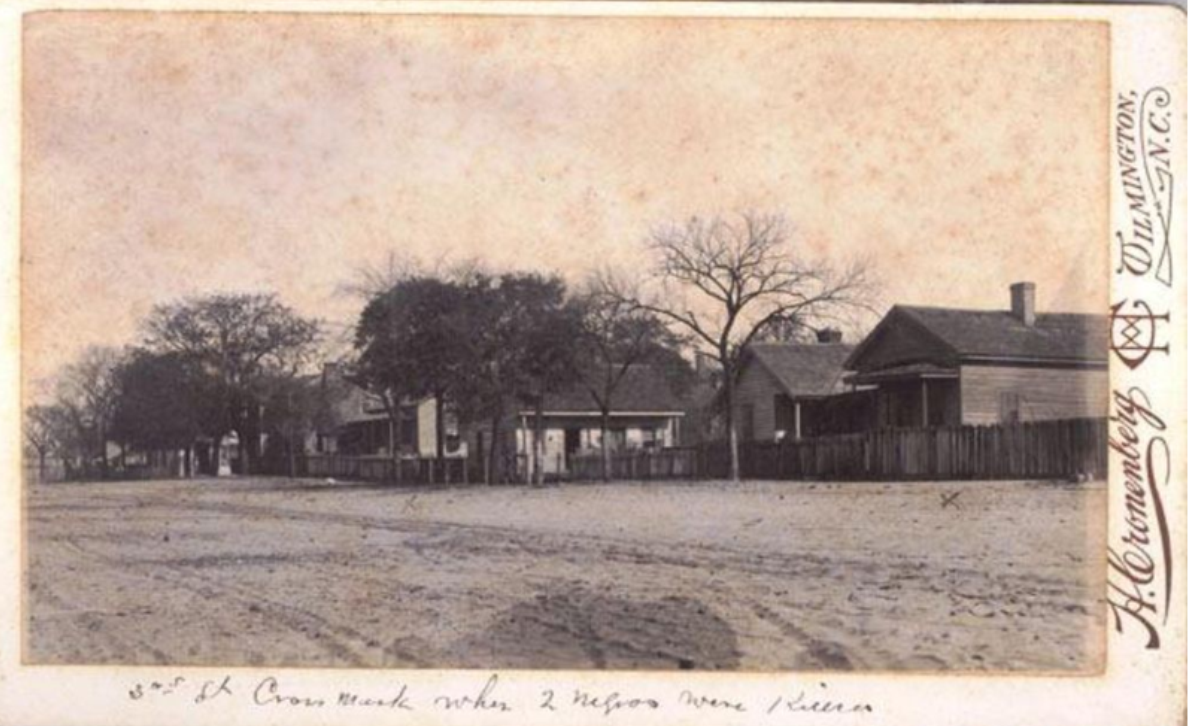
Fourth and Harnett, at the home of Daniel Wright, New Hanover County Public Library
Several white men suspected that Daniel Wright, a black man who lived at 810 N. Third Street had shot William Mayo who lived around the corner at 307 Harnett. Later in the afternoon, they gathered in the vicinity of Wright's home. Several men were sent in to capture Wright. According to white witnesses, Wright fled to his attic and shot into the crowd, wounding two white men. Someone set fire to Wright's home. Upon escaping his house, Wright was captured, marched into the street, and hit in the head with a lead gas pipe. Someone suggested a lynching, but others suggested he be given a chance to run for freedom. Once Wright had run fifty yards, men started firing. The "x" on the right marks the spot where Daniel Wright fell fatally wounded by thirteen bullets, not far from his home. The other "x" marks the spot where an unknown black man also was killed. During this manhunt, other angry Democrats gathered near prominent African-American institutions, including the St. Stephens A.M.E. Church. (WRRR 140-141).
-
8
November 10, Thursday, Late Morning

St. Stephen A.M.E. Church, University Multimedia Center
The St. Stephen A.M.E. church, the largest black congregation in Wilmington, represented an organizational threat to whites. Early in the melee, the Wilmington Light Infantry machine gun squads tarteted all of the black churches on rumors that the churches were used as arsenals. At St. Stephens, a WLI crew aimed their rapid-fire machine gun at the church. Faced with no choice, the ministers opened the church. No guns were found. (WRRR 147-148).
-
9
November 10, Thursday, Early Evening
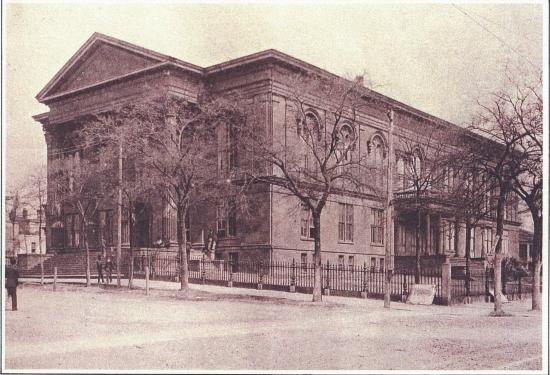
Thalian Hall, New Hanover County Public Library
As the violence pressed, Waddell, George Roundtree and other prominent Democrats demanded that the Mayor and Board of Alderman resign. One by one, the members resigned, each replaced by men selected by Waddell and other Democrats. Mayor Silas P. Wright resigned last and Waddell was "elected" to fill his post. The new council proceeded to banish other Republicans and Populists from the city. (WRRR 152-155).
-
10
1898 Foundation Memorial

Wilmington 1898 Memorial, University Multimedia Center
In 2008, the 1898 Foundation commissioned this memorial. The text inscribed on the marker states:
Wilmington's African American majority included members of a growing middle class who served in the municipal government, the city's civil service, and in state and federal governmental positions. On November 10, 1898, an armed mob of whites led by some of Wilmington's most prominent citizens removed from office the city's duly elected biracial government in what historians consider the only successful coup d' état in the history of the United States.
Panel II
Between 1894 and 1896, a Republican-Populist coalition took control of the state government and several city governments, in part by appealing to African-Americans. Democrats initiated a counterattack in 1898, appealing to white voters' racial fears and portraying Wilmington, then the state's largest city, as an example of the dangers of "Negro rule." The Democratic press depicted African-American males as a threat to "Southern womanhood," a charge denied by Alexander Manly's Record, the state's only daily black newspaper. The day following the elections of November 8, a white mob gathered at the courthouse and adopted the "White Man's Declaration of Independence." It demanded that the city return to an all-white administration, that the Record cease publication, and that Alexander Manly be banished. White leaders presented the "Declaration" to prominent African-Americans, demanding a response within twelve hours. Mailed rather than hand-delivered, their reply arrived too late.
Panel III
On the morning of November 10, a mob of armed whites burned the Record to the ground and then turned its fury and guns on the city's African-American population. At least ten blacks died in the violence, scores more according to African-American oral tradition. Hundreds of men, women, and children fled to surrounding swamps and forests in search of safety, Whites expelled from the city both black and white political and business leaders who were opposed to Democratic rule and white supremacy. The federal government ignored African-American appeals for protection, signaling Democrats throughout the South that it would no longer protect blacks from white violence.
Panel IV
Wilmington's 1898 racial violence was not accidental. It began a successful statewide Democratic campaign to regain control of state government, disenfranchise African-Americans, and create a system of legal segregation, which persisted into the second half of the 20th century. This monument serves as a symbol of Wilmington's commitment to an inclusive society, a tribute to all who over the years have struggled to reverse the tragic consequences of the 1898 racial violence, and a memorial to those African-Americans killed in that violence.